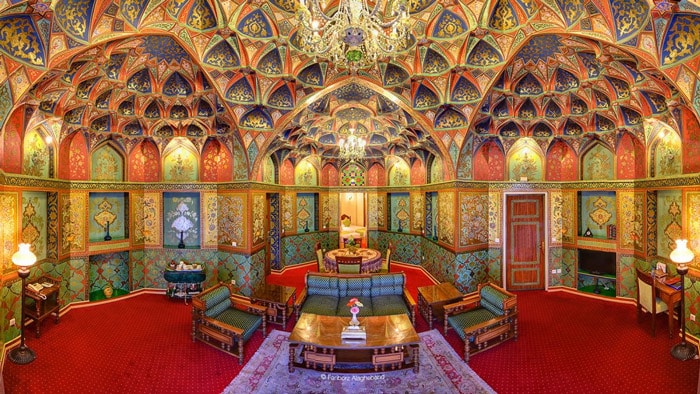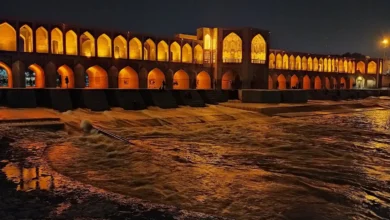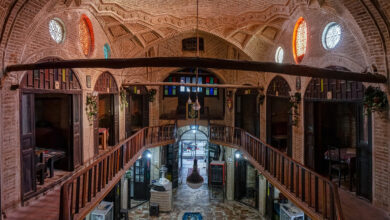Achaemenid Empire: A Journey Through Persia’s Golden Age
Cyrus the Great’s Vision for a Vast Empire
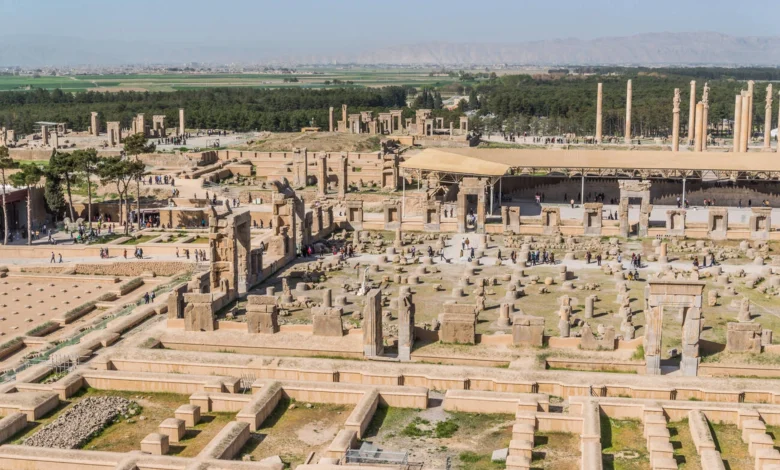
Imagine standing before the grand ruins of Persepolis, where ancient kings once walked. The Achaemenid Empire, one of history’s greatest civilizations, shaped the ancient world with its vast reach and cultural legacy.
For first-time travelers and history enthusiasts, this article offers a detailed guide to the Achaemenid Empire, its iconic rulers, and the breathtaking sites you can visit today. From the humane governance of Cyrus the Great to the architectural marvels of Darius I, let’s explore this extraordinary era and plan your Persian adventure.
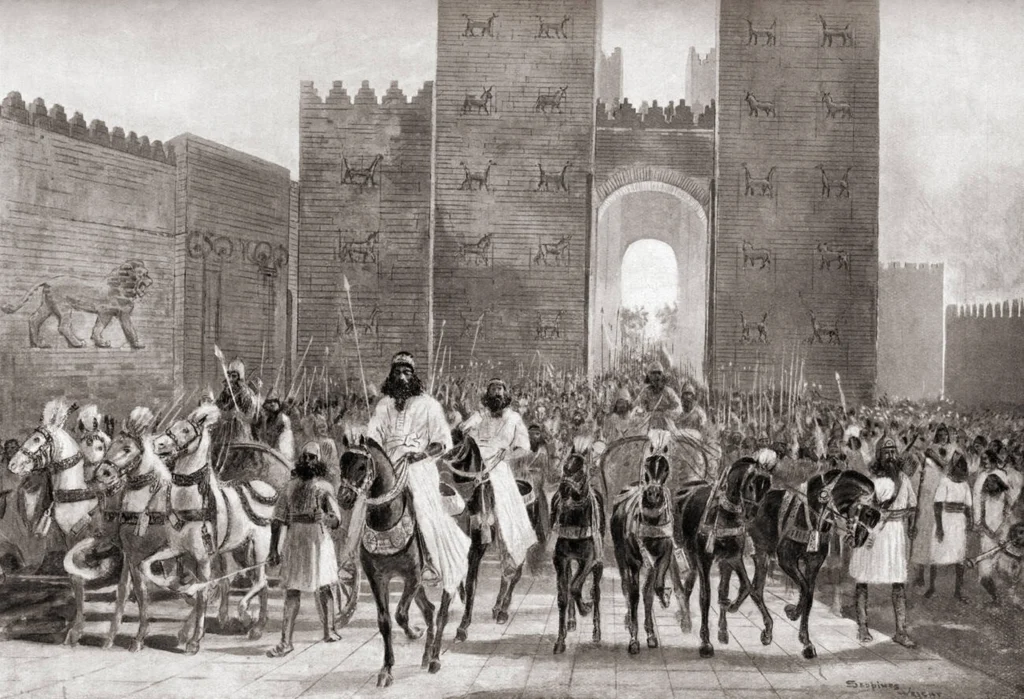
Contents
The Rise of the Achaemenid Empire
The Achaemenid Empire began with the Persians, an Aryan tribe that migrated to modern-day Iran. Named after their ancestor Achaemenes, the dynasty emerged around 550 BCE when Cyrus the Great transformed a modest kingdom into a global powerhouse.
By defeating the Medes, Lydians, and Babylonians, Cyrus created the world’s first empire, stretching from Greece to India. No other empire rivaled its scope at the time, making it a beacon of ancient governance.
The Persians initially settled near Lake Urmia but moved southwest to escape Assyrian threats. They seized Anshan, a key city, during the reign of Teispes. This strategic move laid the foundation for their dominance. By the time Cyrus II ascended, the Achaemenids were poised to reshape history.
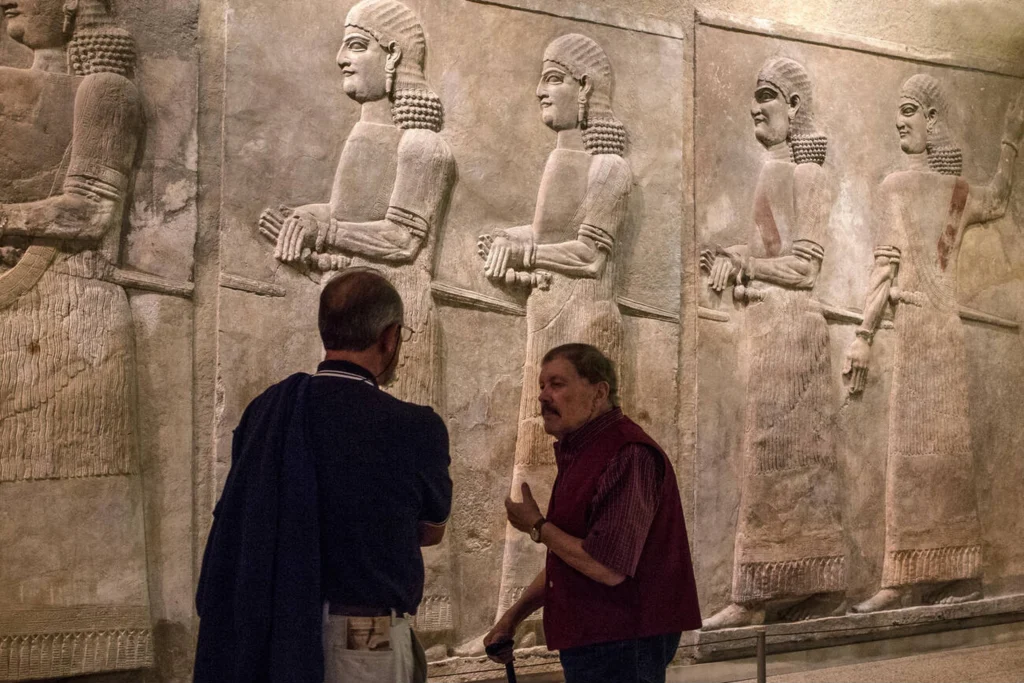
Cyrus the Great: The Visionary Founder
Who was Cyrus the Great? A leader whose legacy endures in the Cyrus Cylinder, a clay artifact from 538 BCE that outlines his humane policies. Cyrus united tribes, conquered Babylon peacefully in 546 BCE, and established Pasargadae as his capital. His respect for local cultures set a new standard for rulership. “I am Cyrus, king of the world,” he declared, and his actions proved it—freeing captives and honoring local gods.
Cyrus’s empire thrived on tolerance. He allowed conquered peoples to practice their religions and customs, a policy that ensured loyalty across diverse regions. His death in 530 BCE marked the end of a transformative reign, but his vision lived on.
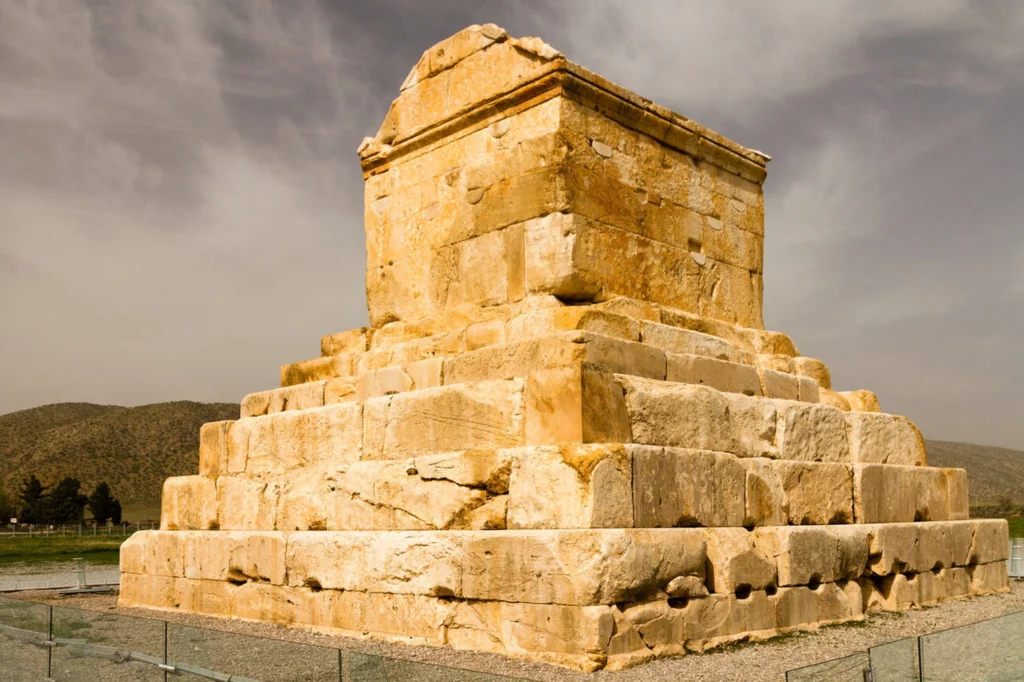
The Golden Age Under Darius I
The empire reached its zenith under Darius I, who ruled from 522 to 486 BCE. A master administrator, Darius expanded the empire to 22 satrapies (provinces), each governed by a trusted satrap. He built the Royal Road, a 2,500-kilometer highway connecting Susa to Sardis, with over 100 caravanserais for travelers. This engineering feat boosted trade and communication.
Darius also introduced gold darics, standardized coins that fueled economic growth. His construction of the Suez Canal linked the Mediterranean to the Red Sea, easing commerce. The Immortal Army, a 10,000-strong elite force, protected the empire, with 4,000 cavalry guarding the royal palace.
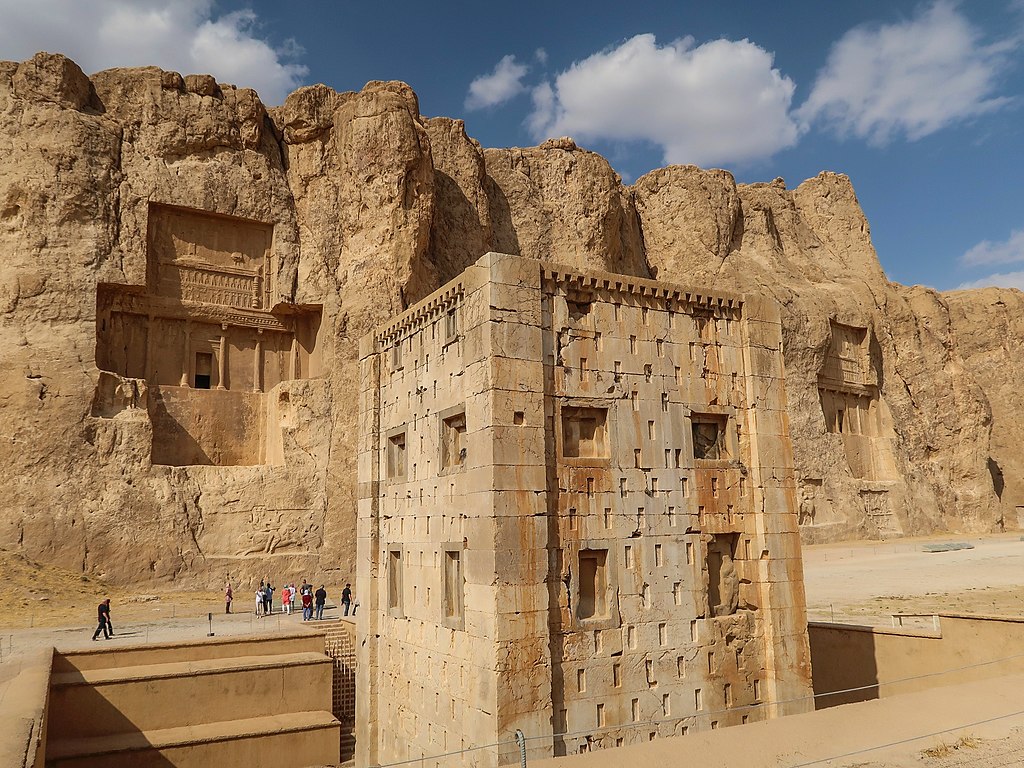
Persepolis: The Heart of Achaemenid Grandeur
Picture Persepolis, a city of dazzling palaces built by Darius I in 518 BCE. Though founded by Cyrus, Darius transformed it into a ceremonial capital. Artisans from Egypt, Babylon, and India crafted its intricate reliefs, showcasing the empire’s diversity.
The Apadana Palace, with its towering columns, hosted grand receptions, while the Tachara Palace reflected Persian artistry. Visiting Persepolis today feels like stepping into a living museum.
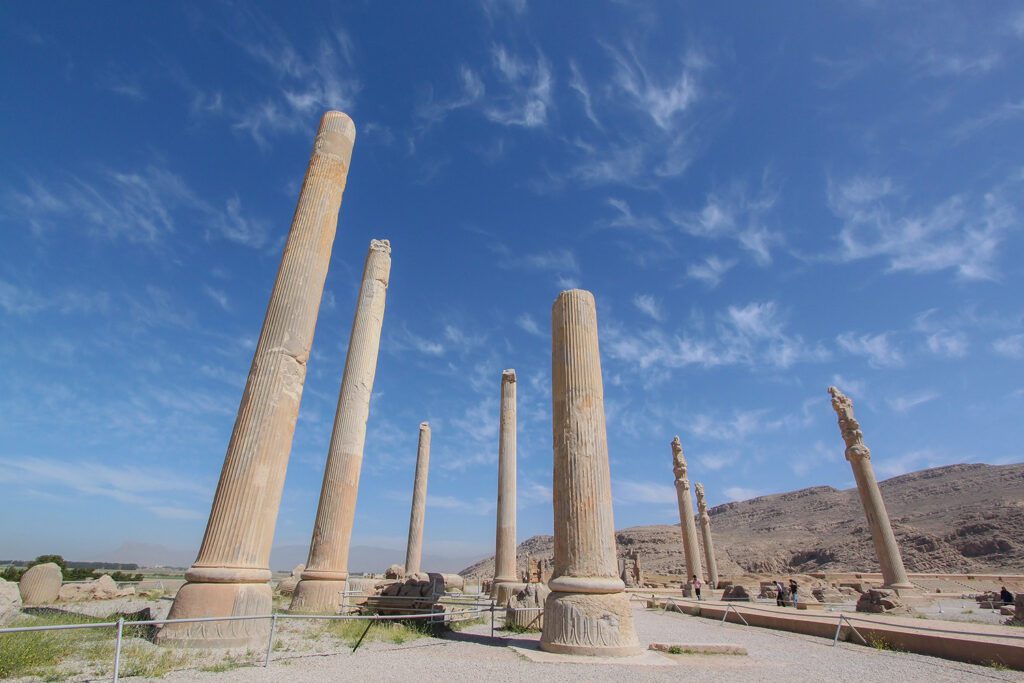
Cultural and Religious Life
The Achaemenids revered Ahura Mazda, the Zoroastrian god, as the creator of earth and sky. While some kings, like Ardashir II, worshipped Anahita, the empire embraced religious tolerance. Cyrus and Darius respected local faiths, a policy evident in the Cyrus Cylinder. Their art and architecture blended Assyrian, Egyptian, and Greek styles, creating a unique Achaemenid aesthetic.
The Persians used Old Persian and cuneiform script for official records, as seen in inscriptions like Behistun. These texts, carved into mountains, detail Darius’s victories and governance. This linguistic heritage underscores the empire’s sophisticated administration.
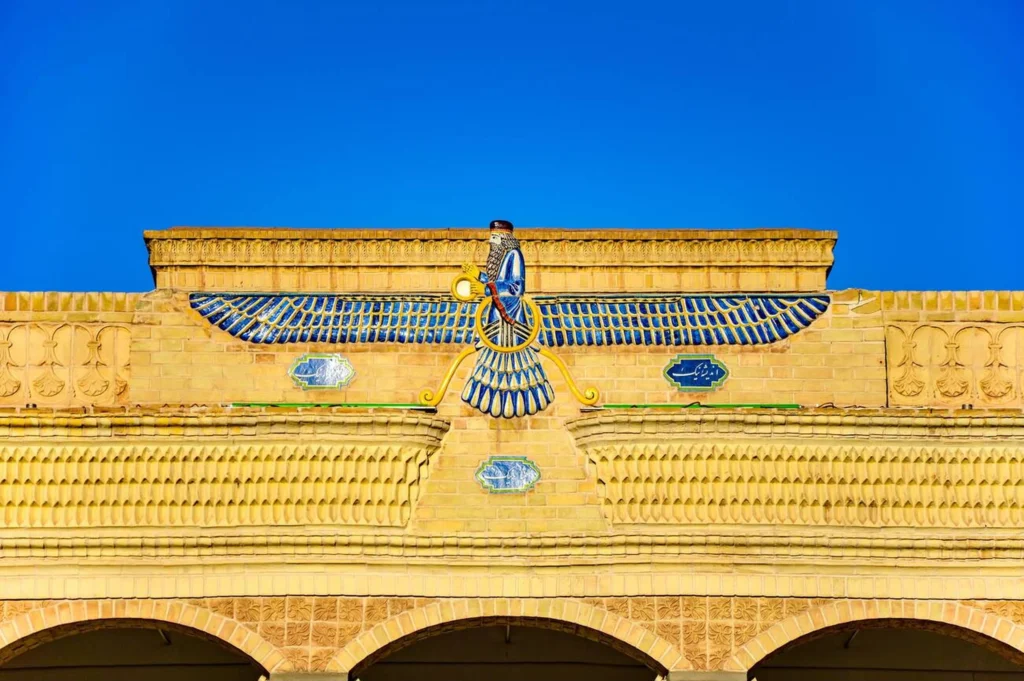
Decline and Fall
After Darius, the empire faced challenges. Xerxes I, who ruled from 486 to 465 BCE, suffered defeats against the Greeks at Salamis, Plataea, and Mycale in 480–479 BCE. These losses weakened the empire. By the time Darius III faced Alexander the Great in 330 BCE, the Achaemenids were no match for his armies. Alexander’s victories at Granicus, Issus, and Gaugamela ended the empire, spreading Hellenistic culture across Persia.
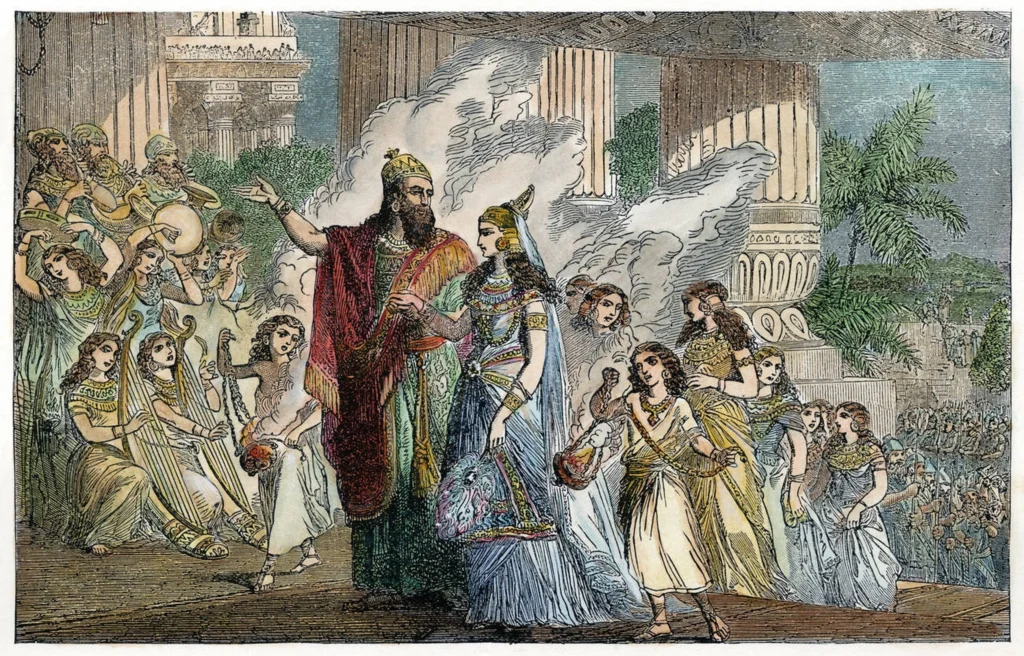
Must-Visit Achaemenid Sites
Travelers can explore the Achaemenid Empire through its enduring landmarks. Here are the top sites to include in your itinerary.
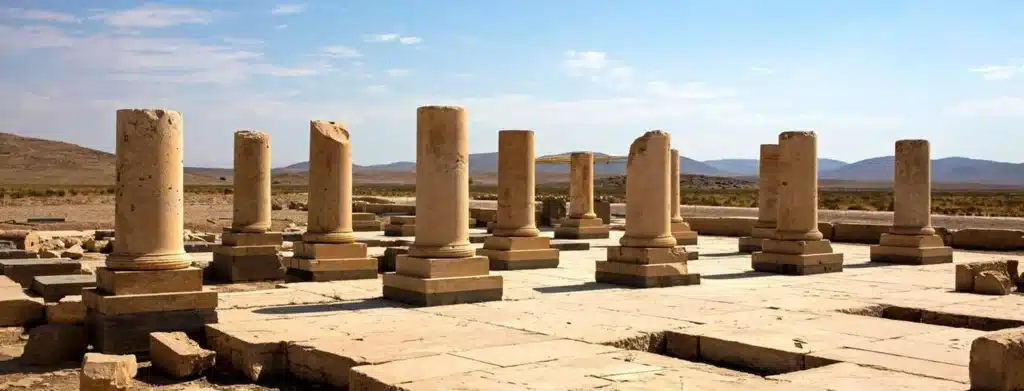
Pasargadae: The First Capital
Pasargadae, a UNESCO World Heritage Site, houses the Tomb of Cyrus, a simple yet majestic structure built around 540 BCE. Its serene setting and historical significance make it a must-see. The surrounding palaces and gardens offer a glimpse into Cyrus’s vision.
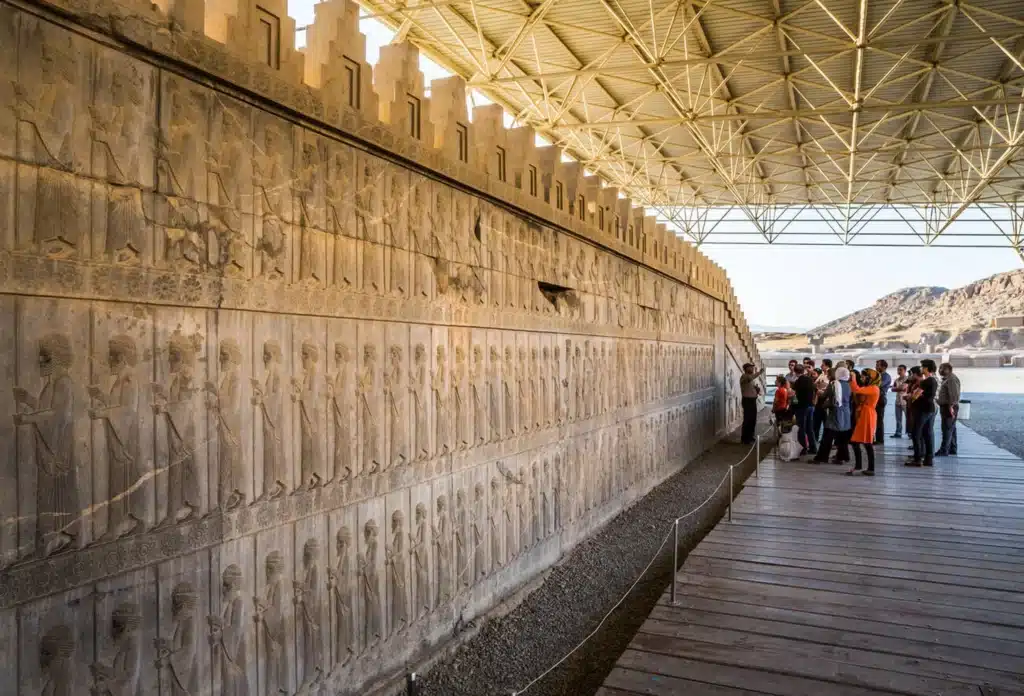
Persepolis: A Ceremonial Masterpiece
Persepolis, near Shiraz, is the empire’s crown jewel. Wander through the Apadana Hall and marvel at reliefs depicting tribute-bearers from across the empire. Guided tours provide insights into its construction and destruction by Alexander.
Naqsh-e Rustam: Royal Tombs
Near Persepolis, Naqsh-e Rustam features rock-cut tombs of Darius I, Xerxes I, Darius II, and Ardashir I. The site’s reliefs, blending Achaemenid and Sasanian art, captivate history buffs.
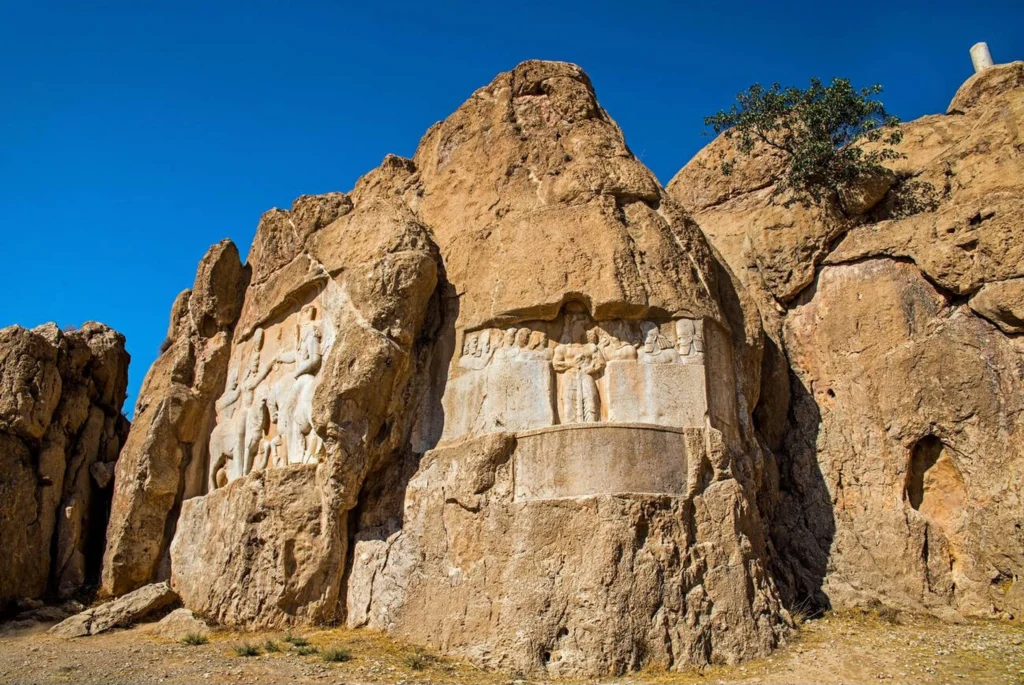
Behistun Inscription: A Historical Key
The Behistun Inscription, near Kermanshah, is the world’s largest rock relief, detailing Darius I’s triumphs. Written in three languages, it helped decipher cuneiform. Its remote location rewards adventurous travelers with stunning views.
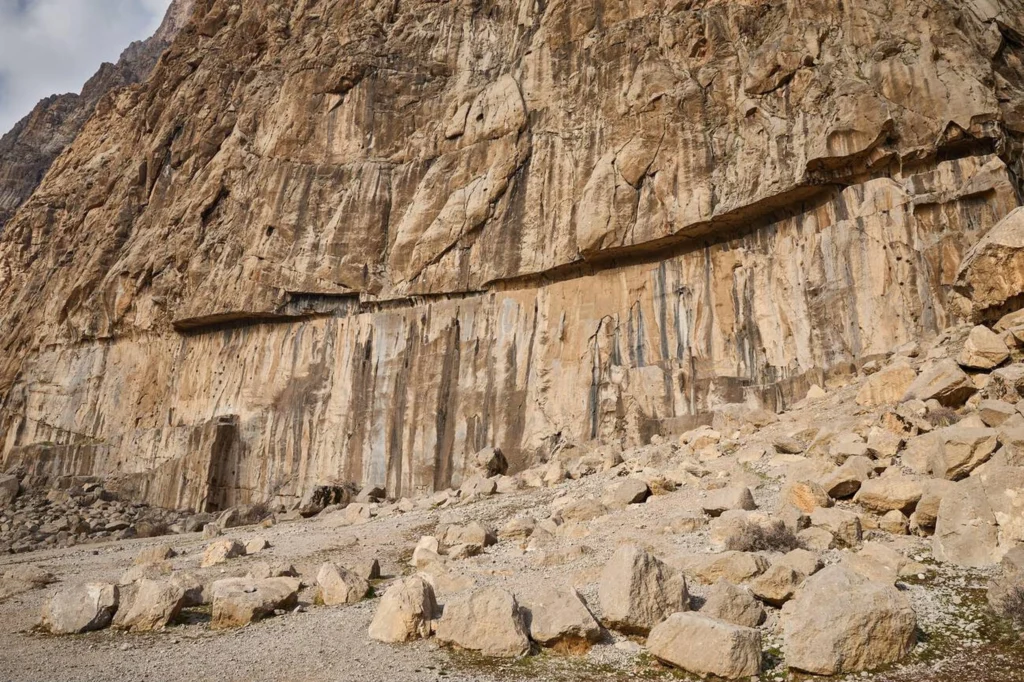
Susa: The Winter Capital
Susa, an ancient city rebuilt by Darius I, served as the winter capital. Explore the Apadana Palace and nearby sites like Chogha Zanbil, a Ziggurat from the Elamite era. Susa’s artifacts, housed in global museums, reflect its cosmopolitan past.
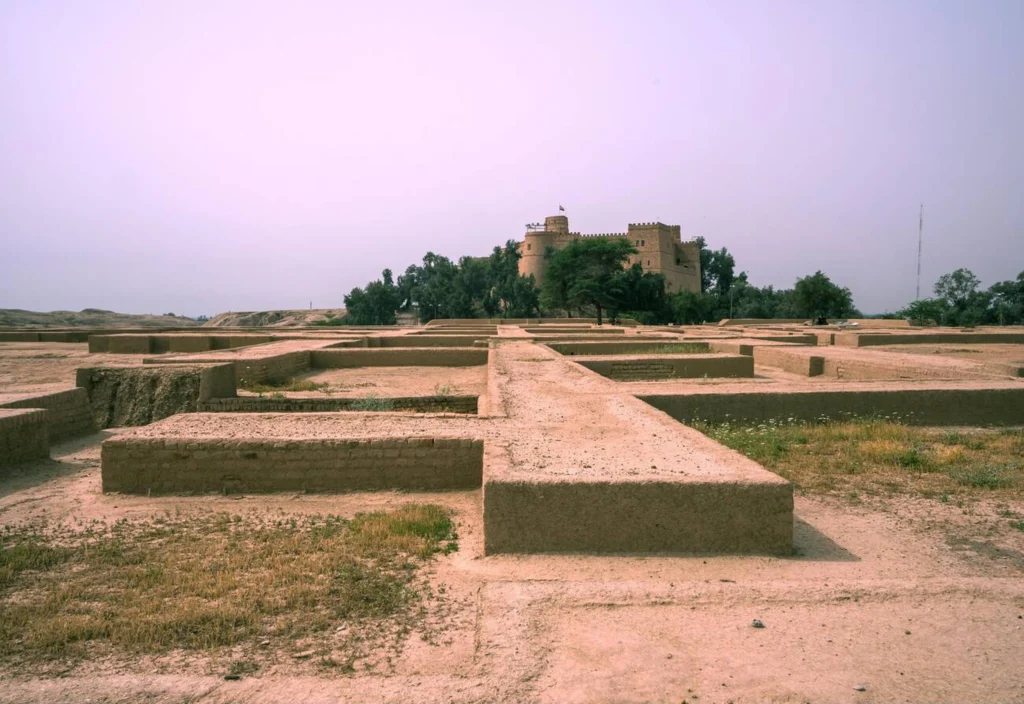
Planning Your Visit
Visiting Iran requires planning, especially for first-time travelers. Spring (March–May) and autumn (September–November) offer mild weather. Obtain a tourist visa through Iran’s embassies or authorized agencies. Guided tours, available in Tehran, Shiraz, or Isfahan, enhance your experience with expert insights. Respect local customs, dress modestly, and carry cash, as international cards are rarely accepted.
The Achaemenid Empire left an indelible mark on history, from its innovative governance to its architectural wonders. Exploring sites like Persepolis and Pasargadae connects you to a civilization that defined an era. Share your thoughts on this ancient legacy with fellow travelers at OrientTrips.
Frequently Asked Questions
What is the Achaemenid Empire known for?
The Achaemenid Empire is renowned for being the world’s first empire, founded by Cyrus the Great, with vast territories, tolerant governance, and iconic sites like Persepolis.
Where can I visit Achaemenid sites in Iran?
Key sites include Persepolis, Pasargadae, Naqsh-e Rustam, Behistun, and Susa, all accessible with guided tours.
When is the best time to visit Iran’s Achaemenid sites?
Spring (March–May) and autumn (September–November) offer mild weather for exploring Persepolis and other sites.
How do I get a visa for Iran to visit Achaemenid sites?
Apply for a tourist visa through Iran’s embassies or authorized agencies, ensuring all documents are prepared.
What is the significance of the Cyrus Cylinder?
The Cyrus Cylinder highlights Cyrus the Great’s humane policies, showcasing his respect for conquered peoples.


